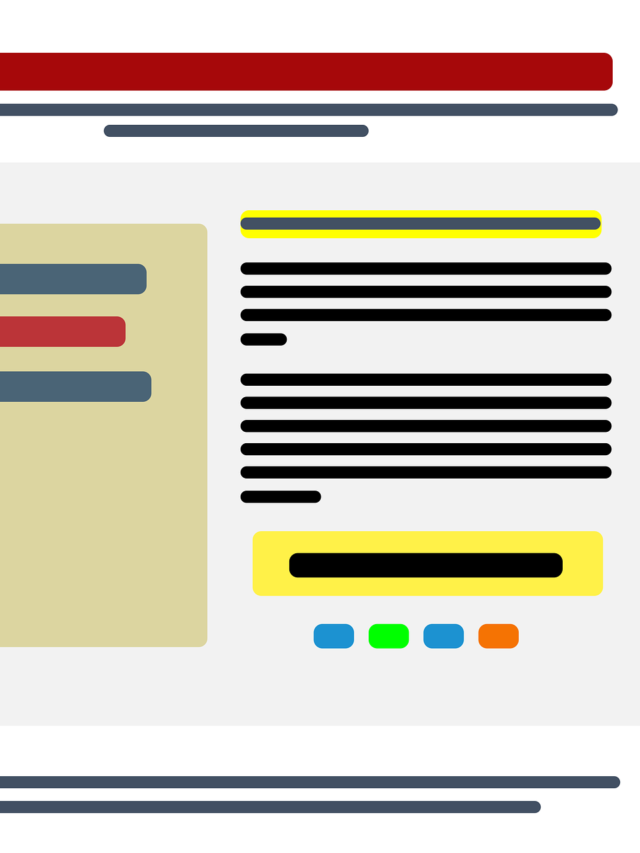The Role of Canonicalization in Google Ranking: All You Need To Know About

Canonicalization is a critical concept in the world of search engine optimization (SEO) and plays a significant role in how Google ranks web pages. In this article, we will explore the ins and outs of canonicalization, why it matters, and how to use it to improve your website’s search engine ranking.
What Is Canonicalization?
Canonicalization refers to the process of selecting the preferred or canonical version of a web page when multiple versions of that page exist. In the context of SEO, this often involves dealing with duplicate or very similar content on a website. Search engines like Google want to deliver the best possible user experience, so they prefer not to show multiple versions of the same content in search results. Instead, they look for a way to identify the most authoritative or relevant version and display it.
Why Is Canonicalization Important?
Canonicalization is essential for several reasons:
1. Avoiding Duplicate Content Issues
Having duplicate content on your website can lead to confusion for search engines. When Google encounters duplicate or very similar content, it may not know which version to index or display in search results. This can result in a suboptimal user experience and affect your website’s ranking.
2. Conserving Crawl Budget
Search engines allocate a limited amount of resources, known as the crawl budget, to each website. If your site has many duplicate pages, search engines may spend a significant portion of their crawl budget on indexing those duplicates instead of other, more valuable pages on your site. Canonicalization helps conserve your crawl budget by guiding search engines to the primary version of your content.
3. Enhancing SEO Performance
By specifying the canonical version of a page, you can consolidate the ranking signals (such as backlinks, keywords, and user engagement) onto one page. This concentration of SEO signals can boost the authority and ranking potential of the canonical page, leading to improved search engine performance.
How Does Canonicalization Work?
Canonicalization is implemented using the HTML <link> element with the rel="canonical" attribute. Here’s how it works:
- Identify the Duplicate Pages: Start by identifying the duplicate or similar pages on your website. These could be pages with nearly identical content, different URL parameters, or different versions of the same content (e.g., HTTP vs. HTTPS).
- Choose the Canonical URL: Determine which version of the page you want to be the canonical version. This is typically the most authoritative or user-friendly version of the content.
- Add the Canonical Link Tag: In the
<head>section of the duplicate pages, add a<link>tag with therel="canonical"attribute pointing to the chosen canonical URL. For example:htmlCopy code<link rel="canonical" href="https://www.example.com/canonical-page" /> - Monitor and Update: Regularly monitor your website for changes and updates to ensure that the canonical tags remain accurate. As your site evolves, you may need to adjust canonical tags accordingly.
Common Canonicalization Mistakes to Avoid
While canonicalization is a powerful SEO tool, it’s essential to use it correctly to avoid potential pitfalls:
1. Self-Referencing Canonical Tags
Avoid using self-referencing canonical tags (pointing to the page itself). This can create confusion for search engines and result in poor indexing and ranking.
2. Inconsistent Canonical Tags
Ensure consistency in your canonical tags. If you use canonical tags, make sure they point to the correct canonical page and are not contradictory.
3. Ignoring Redirects
When implementing redirects (e.g., from HTTP to HTTPS or from www to non-www), make sure to update the canonical tags accordingly. Ignoring this step can lead to canonicalization issues.
4. Neglecting Mobile Canonicalization
Remember that mobile versions of your website (e.g., mobile-responsive or AMP pages) also need canonicalization to avoid duplicate content problems.
Key Takeaways
Canonicalization is a fundamental SEO strategy that helps Google and other search engines understand your website’s content hierarchy and deliver better search results. By carefully choosing canonical pages and using the appropriate canonical tags, you can enhance your site’s search engine ranking, improve user experience, and ensure that your website gets the visibility it deserves. Make canonicalization a part of your SEO best practices to reap the benefits of improved search engine performance.







